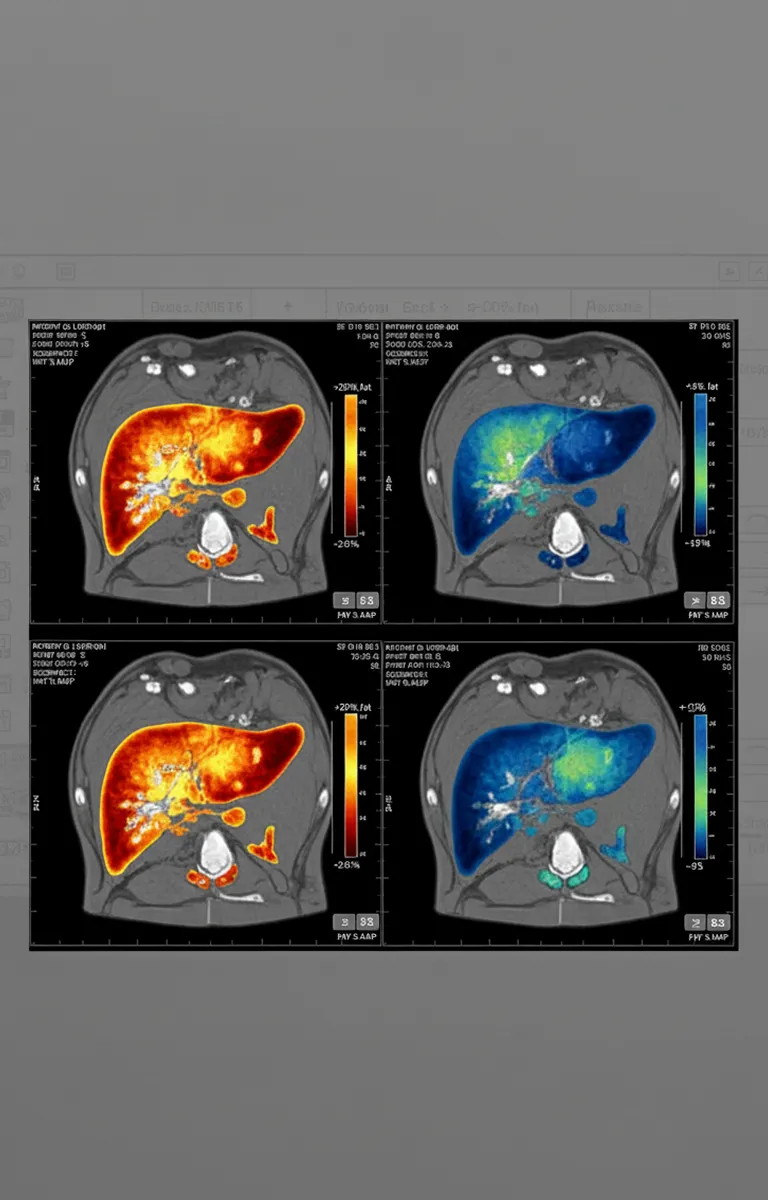Retatrutide vs Semaglutide vs Tirzepatide Who Leads the Weight Loss Race?
Retatrutide, Semaglutide, and Tirzepatide are among the most sought-after therapies for weight management. Discover the key differences, benefits, and why Retatrutide is gaining increasing attention from both experts and patients.
%201.webp)
What Are GLP-1, GIP, and Glucagon Agonists?
Medications like semaglutide, tirzepatide, and retatrutide belong to a new generation of weight loss and diabetes drugs that target natural hormones involved in appetite and metabolism. These hormones - GLP-1, GIP, and glucagon - play key roles in how the body regulates blood sugar, hunger, and energy use.
GLP-1
Slows down how quickly the stomach empties, increases feelings of fullness, stimulates insulin release, and reduces appetite.
GIP
Works alongside GLP-1 to boost insulin response and may enhance weight loss when combined with other hormones.
Glucagon
Unique to retatrutide, this mechanism increases energy expenditure and may further promote fat loss by accelerating metabolism.
Why Are They Relevant for Weight Loss?
This multi-pathway approach explains why these drugs have shown unprecedented results in clinical trials, with some patients losing 15–25% of their body weight depending on the specific medication.
Reduce calorie intake by lowering appetite and increasing satiety.
Improve blood sugar control, which helps regulate energy balance.
Boost energy expenditure (especially with triple-agonists like retatrutide).
.webp)
Reviewing the leading treatments for obesity management
Semaglutide started the movement. Tirzepatide raised the bar. Now, Retatrutide is redefining what’s possible — delivering weight loss results no other treatment has achieved.
(Reta)
(Ozempic)
(Wegowy)
Effects
While semaglutide proved that GLP-1 agonists can deliver double-digit weight loss, tirzepatide pushed the boundaries further with dual action. Retatrutide, as the first triple agonist, may represent the next leap forward — though it remains in clinical development.
Want a more detailed comparison?
Want to see how Retatrutide stacks up against today’s top weight loss medications? Explore the in-depth comparisons below.
Answers to Popular Questions
If you have any specific questions, feel free to reach out.
👉 Based on current data, Retatrutide may offer the most weight loss, but it is still under clinical investigation.
Long-term sustainability depends on both the medication and lifestyle changes. Semaglutide and Tirzepatide have already shown strong weight loss maintenance when patients continue treatment. Early data suggests Retatrutide may provide even greater long-term results due to its triple-agonist action, but more studies are needed as it is still in clinical trials.
Yes. While Retatrutide, Semaglutide, and Tirzepatide can significantly reduce appetite and improve metabolism, combining them with a balanced diet, physical activity, and healthy routines maximizes results. Lifestyle changes also help sustain weight loss if the medication is discontinued.
Early clinical trial data shows Retatrutide may lead to up to 24% body weight reduction, compared to around 15% with Semaglutide and up to 22% with Tirzepatide. This suggests Retatrutide could outperform both, though long-term safety and real-world effectiveness are still under investigation.
Switching may be possible under medical supervision. Patients who plateau or experience side effects with Semaglutide sometimes transition to Tirzepatide for stronger results. Switching to Retatrutide is not yet available outside clinical trials, but it may become an option once the drug is FDA-approved.
Weight Loss Insights
Evidence-based articles to support your journey toward sustainable health.
.svg)





